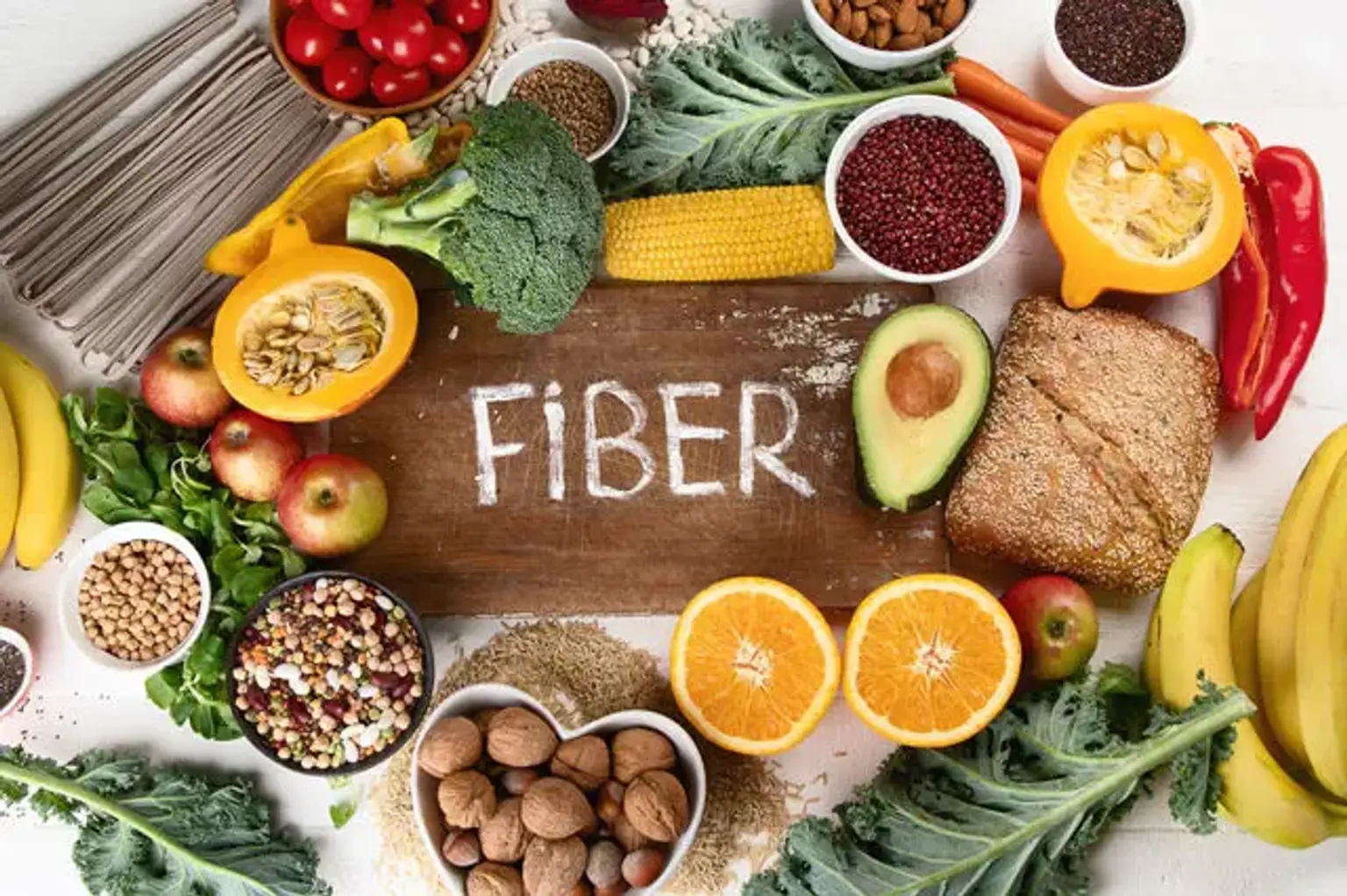What is Dietary Fiber and Why It Matters
Dietary fiber is an essential component of a healthy diet, playing a pivotal role in maintaining digestive health. Found primarily in plant-based foods, fiber refers to the parts of these foods that the body cannot digest. Unlike fats, proteins, or carbohydrates, fiber passes through the digestive system relatively intact, promoting a variety of health benefits along the way.
Fiber is classified into two main types: soluble fiber, which dissolves in water to form a gel-like substance, and insoluble fiber, which adds bulk to stool and helps it pass more easily. Both are crucial for overall well-being. Incorporating "high fiber foods" into your daily meals can significantly improve digestion and reduce the risk of chronic diseases.
By understanding how dietary fiber supports gut health and digestion, individuals can make informed choices about their diet. This article delves into the best ways to enhance digestive health through a fiber-rich diet, including tips on incorporating traditional Korean foods known for their high fiber content.
The Connection Between Fiber and Digestive Health
Fiber is a cornerstone of good digestive health. When consumed regularly, it promotes a well-functioning gastrointestinal system by regulating bowel movements and preventing issues such as constipation and diarrhea. Fiber also acts as a prebiotic, feeding the beneficial bacteria in the gut, which contributes to a balanced microbiome—a critical factor in overall health.
Soluble fiber, found in foods like oats, apples, and beans, helps to slow digestion, allowing for better nutrient absorption and blood sugar regulation. Meanwhile, insoluble fiber, present in whole grains, nuts, and vegetables, adds bulk to stools and keeps things moving through the digestive tract.
By including more "natural fiber sources" and a variety of "fiber-rich diet" options, you can achieve better digestive health and reduce the risk of conditions like irritable bowel syndrome (IBS) and diverticulitis. In Korean diets, fiber-packed options such as kimchi and seaweed provide dual benefits of fiber and probiotics, making them an excellent choice for those looking to enhance gut health naturally.
